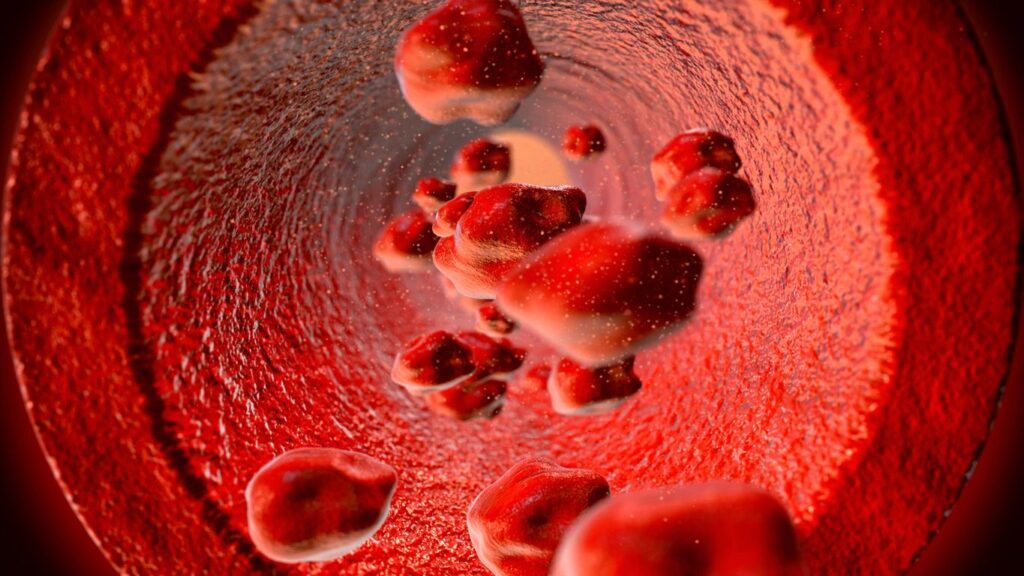Meigs Health Today: Iron Deficiency Anemia


Meigs Health Today: Iron Deficiency Anemia
By Jenna Petry, WIC Health Professional
Iron deficiency anemia is a very common type of anemia. As the name implies, it occurs when the blood lacks sufficient iron. Without enough iron a body can’t produce enough hemoglobin. Hemoglobin is found in healthy red blood cells and transports oxygen throughout the body. When the body can’t transport oxygen effectively we begin to feel tired and run-down.

There are several things that can cause low iron, from a lack of dietary intake to blood loss, as well as certain diseases and even pregnancy. A good dietary intake of iron rich foods is always the best step to combat low iron levels. Most people associate red meats with high iron, but the fact is there are many foods rich in iron. Meats are a good source of iron, but we can also find iron in foods such as eggs, peanut butter, kidney beans, and tofu, just to name a few protein alternatives to meat. Many vegetables and grains also contain high levels of iron, from broccoli and baked potatoes (with the skin) to whole grain breads and iron fortified cereals. We also need to look at our Vitamin C intake. Foods rich in Vitamin C help the body to absorb the iron we take in, and it’s fairly easy to combine the two.
Some suggestions would be:
- Peanut butter on whole-grain bread with orange juice
- Spaghetti with tomato sauce
- Iron-fortified cereal with strawberries
- Bean burrito with salsa and peppers
- Black-eyed peas with greens
Some things we eat or drink can actually block our absorption of iron. Unfortunately for coffee and tea drinkers they both inhibit iron absorption, by as much as 39 to 60 percent when consumed with a meal. Calcium, richly supplied by dairy products, can inhibit absorption by up to 50 percent. Soy has been found to inhibit the absorption of iron due to the presence of an acid called phytate, which binds with iron and prevents its absorption. Finally, and despite their healthfulness, eggs have been found to inhibit the absorption of iron by 27 percent. The yolks contain phosvitin, a protein that again binds with the iron andrenders it unavailable to the body.
Iron may be low from blood loss as well. When we have issues such as peptic ulcers, a hiatal hernia, colorectal cancer, and heavy menstrual flow we can suffer from blood loss. Also, use of over the counter medications that are abrasive to the stomach and intestinal tract can cause blood loss and therefore low iron levels.
Simply being pregnant can cause low iron levels. Without iron supplementation, iron deficiency anemia occurs in many pregnant women because their iron stores need to serve their own increased blood volume as well as be a source of hemoglobin for the growing fetus. The Women, Infants and Children (WIC) Program routinely checks iron levels on all of our participants and makes physician referrals when iron levels are found to be low. We also address what may be causing the low levels as well as how to improve them and what symptoms to watch for. The most common symptom of iron deficiency anemia is lethargy or fatigue. We may also see paleness, cold hands, headaches, dizziness, and cravings for ice, dirt or starch. Some more serious symptoms that we see are heart palpitations, chest pain, and shortness of breath. If you suffer from any of these symptoms you should follow up with your physician to verify iron deficiency before taking supplements.
For more information about WIC, please call 740-992-0392 Monday through Friday from 8 a.m. to noon and 1-4 p.m.









